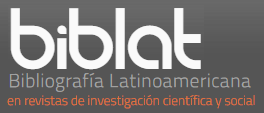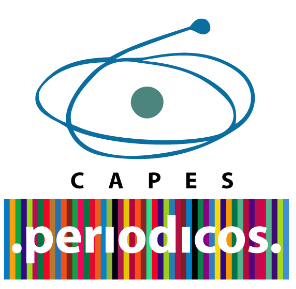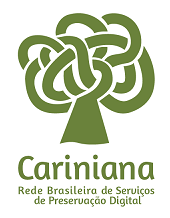Analysis of the effects of epigallocatechin-3-gallate (EGCG) of Camellia sinensis (green tea) in experimental chemical model of hepatotoxicity induced by Diethylnitrosamine (DEN)
DOI:
https://doi.org/10.5433/1679-0367.2013v34n2p215Keywords:
Hepatotoxicity, Diethylnitrosamine (DEN), Epigallocatechin-3-gallate (EGCG), Lactate dehydrogenase (LDH).Abstract
Diethylnitrosamine (DEN), a known hepatotoxic and carcinogenic substance, was used in the induction of centrilobular hepatic necrosis in isogenic Lewis rats divided into 5 groups with 5 animals. The aim of this study was to evaluate the chemopreventive effect of epigallocatechin-3-gallate (EGCG) from Camellia sinensis (green tea) in the treatment of cellular hepatotoxicity induced by DEN. It was measured the serum concentration of alanine aminotransferase (ALT) and aspartate aminotransferase (AST) of the different experimental groups. In the biochemistry assay for AST and ALT, there was significant difference between median values of control group (163±70.32) compared to DEN group (1631±1039.44), suggesting that DEN influences on hepatic function. However, there was no significant difference between DEN group to that treated with epigallocatechin. Lactate dehydrogenase (LDH) is considered a common biochemical marker for evaluation of tumor progression, and regarding LDH, the samples presented no significant differences between the DEN group (1385.5±43.13) and DEN + EGCG 150mg or DEN + EGCG 200mg (1537.5± 1010.45). In this work it was demonstrated that epigallocatechin concentrations of 150 and 200 mg/kg did not induce liver alterations and though was not verified any chemoprotective effect by EGCG in animals initially treated with DEN for 24 hours. Moreover, new experiments with different concentrations of EGCG are needed to verify its possible chemoprotector effect.
Downloads
Downloads
Published
How to Cite
Issue
Section
License
Copyright (c) 2014 Semina: Ciências Biológicas e da Saúde

This work is licensed under a Creative Commons Attribution-NonCommercial 4.0 International License.
adopts the CC-BY-NC license for its publications, the copyright being held by the author, in cases of republication we recommend that authors indicate first publication in this journal.
This license allows you to copy and redistribute the material in any medium or format, remix, transform and develop the material, as long as it is not for commercial purposes. And due credit must be given to the creator.
The opinions expressed by the authors of the articles are their sole responsibility.
The magazine reserves the right to make normative, orthographic and grammatical changes to the originals in order to maintain the cultured standard of the language and the credibility of the vehicle. However, it will respect the writing style of the authors. Changes, corrections or suggestions of a conceptual nature will be sent to the authors when necessary.
This Journal is licensed with a license Creative Commons Assignment-NonCommercial 4.0 International.

















